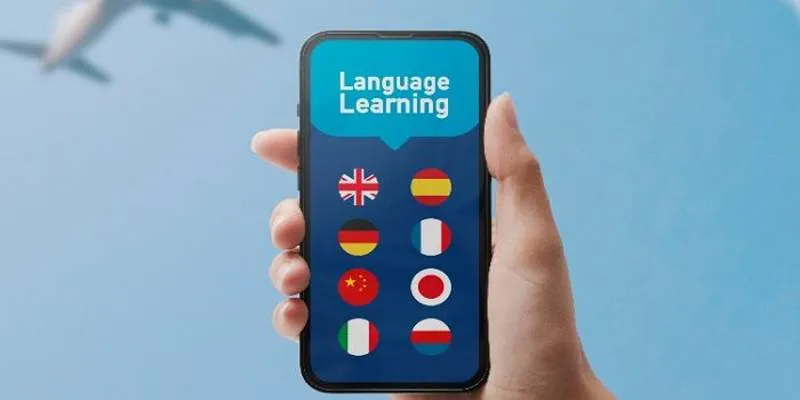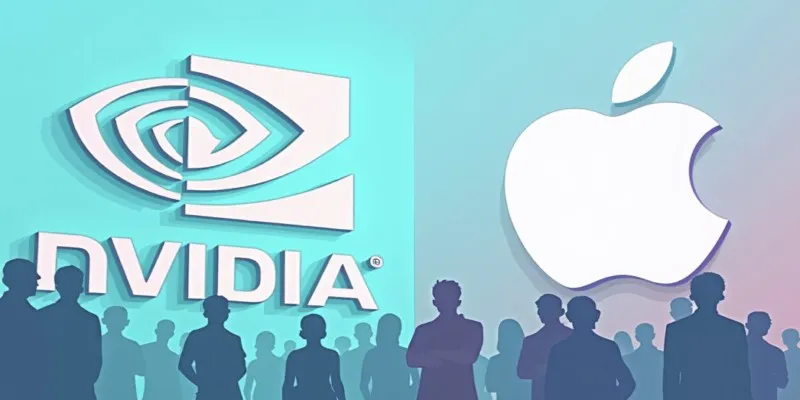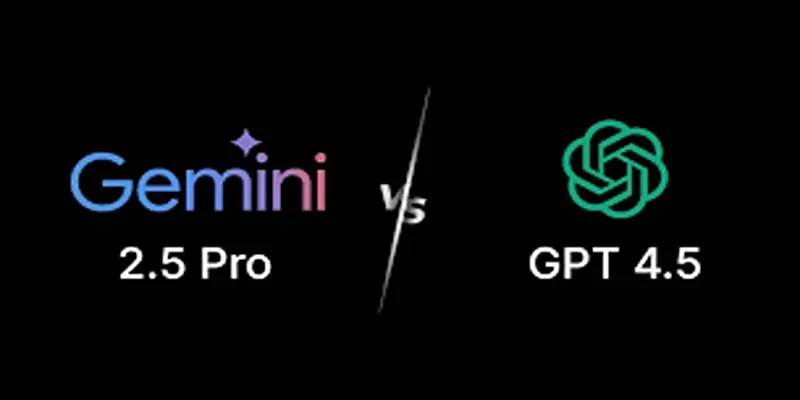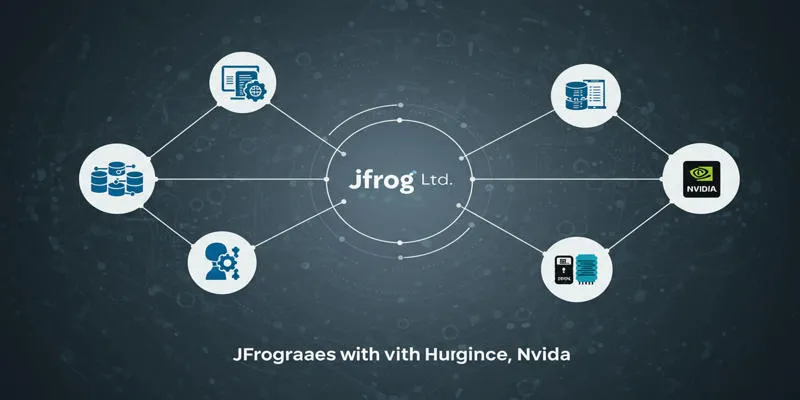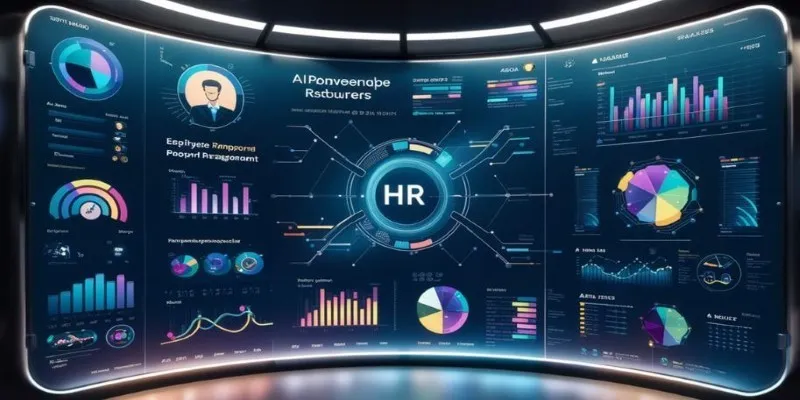In an era where businesses heavily rely on digital tools to manage large volumes of documents, the demand for accurate document parsing is at an all- time high. While many AI-based solutions are available, not all prioritize simplicity or resource efficiency. Most high-performing models require substantial infrastructure, making them less accessible for small businesses or developers with limited hardware. Enter SmolDocling—a model quietly emerging as a strong contender for efficient document parsing.
SmolDocling is part of the SmolLM family, designed to bring the capabilities of large language models into a smaller, lighter framework. This compact yet surprisingly capable model is garnering attention for its potential to make document parsing faster, more affordable, and more accurate across various industries. But the question remains—can SmolDocling truly improve accuracy in document parsing tasks?
What Is SmolDocling?
SmolDocling is a small-scale natural language processing (NLP) model developed for tasks such as named entity recognition, part-of-speech tagging, and sentence classification. It was created to deliver usable AI without the hardware strain or setup complexity that larger models typically demand.
The concept behind SmolDocling is to strip away unnecessary complexity while retaining the core functions needed for structured text understanding. In other words, it’s built to do fewer things—but do them exceptionally well. By focusing on document parsing, SmolDocling becomes especially valuable to developers, data scientists, and small teams seeking a reliable NLP tool that works efficiently, even on low-powered machines.
The Challenges of Traditional Document Parsing
Document parsing involves converting unstructured or semi-structured documents into structured, machine-readable data. In practice, this means extracting information such as dates, addresses, amounts, or itemized content from sources like invoices, contracts, or medical records.
Traditional parsing solutions encounter several challenges:
- High computational demands
- Dependence on large training datasets
- Difficulty adapting to specific industries or document formats
- Long inference times in real-world applications
- Security concerns with cloud-hosted parsing models
For many organizations, these limitations lead to slower, more expensive, or simply inaccessible parsing solutions. SmolDocling, by contrast, addresses these issues through its compact size and flexible design.
How SmolDocling Solves Parsing Problems Efficiently

SmolDocling approaches document parsing with a focus on core language understanding capabilities. While it may not have the massive parameter counts of models like GPT-4 or BERT, it compensates with fast processing and easy fine-tuning.
Low Resource Usage
One of the standout features of SmolDocling is its ability to operate on devices with minimal hardware. Unlike heavier models that require GPU-based environments, SmolDocling can run locally on standard CPUs without a significant drop in performance for parsing tasks.
It allows developers to:
- Deploy NLP tools without additional infrastructure
- Run parsing scripts directly on user devices
- Keep data processing private and secure
High Accuracy for Entity Extraction
Although SmolDocling is lightweight, it shows competitive accuracy in named entity recognition (NER), especially in short-to-medium-length documents. This includes extracting:
- Names of people or organizations
- Dates and locations
- Numeric values (e.g., prices, percentages)
- Product or service names
By focusing on key text classification and tokenization methods, SmolDocling is particularly effective in environments like HR systems, financial platforms, or healthcare databases.
Use Cases Where SmolDocling Makes a Difference
The real power of SmolDocling is evident in its application. Several industries benefit directly from an efficient, cost-effective parsing model:
- Finance : SmolDocling extracts figures, invoice numbers, and transaction dates with high precision.
- Legal : Law firms can automate contract analysis, identifying clauses, parties, and due dates without manual review.
- Healthcare : Patient intake forms and prescriptions can be parsed locally for privacy while maintaining accuracy.
- Retail and eCommerce : Purchase orders, shipping labels, and returns are streamlined using smart parsing tools.
These industries rely heavily on accurate information. Even a small increase in parsing efficiency can lead to significant operational savings over time.
Under the Hood: How SmolDocling Works
SmolDocling uses a transformer-based architecture that reads and interprets the spatial layout of documents alongside their content. It combines elements of OCR (Optical Character Recognition) with AI-powered natural language processing to deliver clean and accurate outputs.
The process typically includes:
- Text Detection : Identifying readable content from scanned or digital documents
- Structure Mapping : Understanding the layout — tables, sections, and paragraphs
- Field Recognition : Locating key-value pairs like dates, names, amounts
- Data Export : Outputting the cleaned data in formats such as JSON or CSV for immediate use
What sets SmolDocling apart is that it does all this using fewer computational resources than large language models. It’s optimized for parsing performance rather than conversational AI, making it a specialist in its field.
Advantages for Developers and Businesses

For developers, especially those working on tight budgets or within startup environments, SmolDocling is a valuable resource. It cuts down the development and deployment timeline while reducing ongoing maintenance headaches.
Benefits include:
- Quick integration using standard APIs or wrappers
- On-premise data handling for full privacy control
- Lower training needs due to pre-optimized performance
- Modular architecture that makes debugging and testing easier
Businesses can deploy SmolDocling for internal document workflows without relying on third-party services or cloud-based APIs that come with recurring fees and data risks.
Where SmolDocling Might Fall Short
Despite its benefits, SmolDocling has limitations that must be acknowledged.
- Smaller vocabulary and context windows can reduce performance on longer, more complex documents.
- Not suitable for conversational AI or creative text generation
- Requires domain-specific fine-tuning for optimal results in niche sectors
These drawbacks make SmolDocling less ideal for tasks beyond structured document parsing or simple classification.
Conclusion
SmolDocling is quietly transforming the way developers and businesses think about document parsing. Its lightweight nature, smart functionality, and accessibility make it a standout solution in an otherwise crowded field. Instead of relying on rigid systems or high-cost platforms, organizations can turn to SmolDocling for efficient document processing that’s both dependable and fast. It’s a fitting tool for a world that values agility, accuracy, and security in equal measure. As document processing continues to evolve, SmolDocling is poised to lead a new wave of intelligent, scalable, and practical solutions.
 zfn9
zfn9
